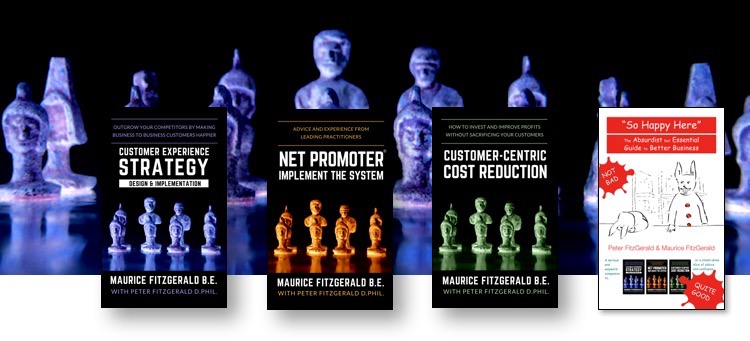#40 Dunning-Kruger Effect and Customer Experience
 Welcome to the 40th edition of my customer strategy newsletter. The five topics this week are:
The Dunning-Kruger Effect and customer experience
When someone asks me “What do our customers want?”, I tend to answer “I don’t know. We should ask them.” My reaction dates from my first experience asking Wrangler customers in Paris what they wanted, way back in 1981. My corporate manager, in Greensboro NC, told me he already knew what our customers wanted, and that I should not do the interviews I planned with the main boutiques around Paris. He was wrong. We got major surprises. A few years ago, I had the rare privilege of visiting the Chinese cities of Jinan and Jining for my job. They are in Shandong provice, not far from Qufu, where Confucius was born. One of his quotes could be the original version of the Dunning-Kruger effect: “Real knowledge is to know the extent of one’s ignorance.” Confucius was 2,500 years ahead of social psychologists David Dunning and Justin Kruger, who managed to prove that Confucius was right. In short, people performing badly at certain tests believe they perform really well, while those doing really well tend to underestimate their performance. Dunning and Kruger posit that this is true in all domains. You can get a quick overview of their work in this Wikipedia article. Here are examples of where you see the effect in customer experience work:
The Dunning-Kruger effect is pervasive and there is little you can do about it. CX leaders need to assume it exists, and continue their ongoing education on the science of listening to customers and driving improvements. Not everyone is scientifically literate, so success can only be partial. Like life, it’s a journey. Data collection for my annual report on customer vs. employee satisfaction Among the most read articles I have ever written are two on the relationship between employee and customer happiness. In short, my research showed that there is no relationship between the two in general, and that this also holds true for most individual industries. Since I have to assume there is a time lag between employee happiness trends and customer happiness, I have just completed the data collection on employee satisfaction. I should have the final customer data in March, I hope. My employee satisfaction data covers 350 companies and the scores have changed by less than one percent, year over year. For the first half of the year, customer satisfaction has improved slightly for the same companies, and it will be interesting to see the full year results and trends. Here is a link to what I wrote on the subject in January. Our latest blog posts Here are the latest posts. The most recent is the second in a set of seven articles I am planning on the main customer experience measurement and improvement systems. Older posts are still available on the blog page.
Notable customer experience items from other sites Bruce Temkin: Great collection of infographics I am sure I am not alone in liking infographics, at least as things to post on office or cubicle walls. Bruce Temkin and his team have published quite a few over the last year. Click here to be taken to a LinkedIn page where you can download each individually or the whole collection as a collage.
Looking forward My brother and I are doing our best to persuade people that our books are great end-of-year gifts for friends, colleagues and teams. (Hint, hint!) As always, Amazon reviews are the way you can help us most, so please do that, no matter what you think of our books. Here are links to each on Amazon.com. If you use a different country site, you can just open the link, then edit .com to .co.uk, .de or whatever: Customer Experience Strategy – Design & Implementation Net Promoter – Implement the System Customer-centric Cost Reduction “So Happy Here”: The Absurdist but Essential Guide to Better Business (Color edition) “So Happy Here”: The Absurdist but Essential Guide to Better Business (Black & White edition) Please share this newsletter with your friends and colleagues and encourage them to sign up for it here. I have put links to past newsletters on the subscription page. Finally, please feel free to change or cancel your subscription using the link below. You can also email me, Maurice FitzGerald, at mfg@customerstrategy.net. To change your subscription, click here.
|






